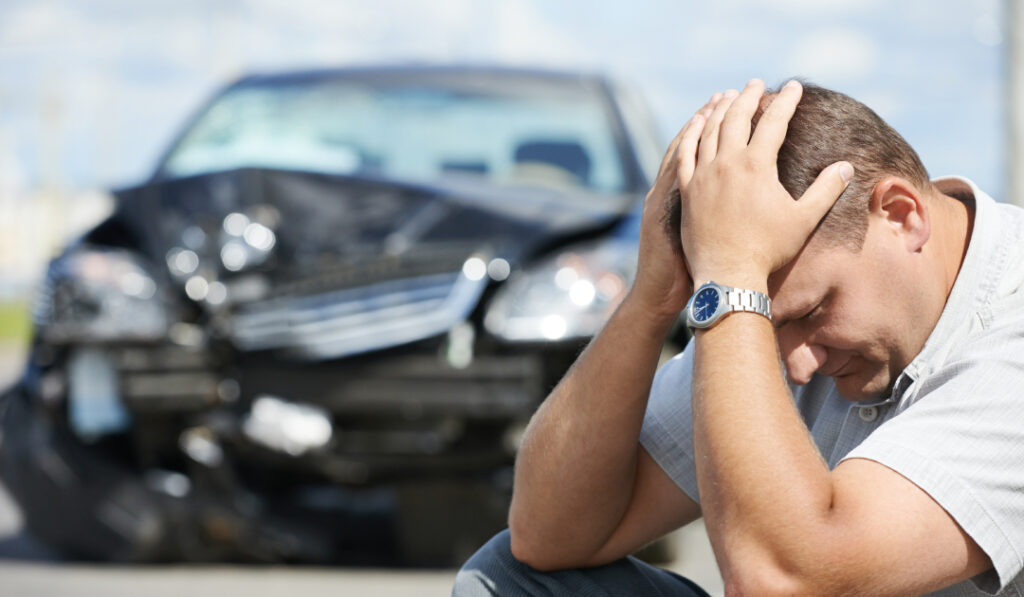Last week, this blog discussed how the factual issues can be more complex when a number of different individuals are involved in a car accident. While it was pointed out that more is not always merrier in these situations, this is not always true when it comes to an auto accident.
Sometimes, it is helpful for an injured Baltimore resident if there were more individuals who can be held liable for a car accident. This does not mean more people have to be directly involved in the crash itself. Under the concept of vicarious liability, another person or entity can be held responsible for someone else’s negligence.
A good example of this is with employment relationships. When a person is out driving the company vehicle in the course of his or her employment, and negligently causes a car accident, someone who is injured as a result of that person’s negligence can not only hold the person accountable in a personal injury lawsuit, but the company as well.
There are exceptions to this doctrine, however. For example, if the employee was not acting in the course of his employment at the time of the crash, the employer might be able to successfully resist the application of vicarious liability.
While vicarious liability is common in employment relationships, it is not limited solely to that scenario. For instance, if a person loans his or her car to another individual who is known to be an unsafe driver, there could be vicarious liability on the owner of the vehicle in some states. Once again, the ability to hold the owner responsible will depend heavily on the facts of a particular case.
Ultimately, it helps to have another party on the hook for a negligent driver’s conduct, because it provides another source that can be targeted to pay compensation. The negligent driver may not always be able to pay a money judgment, so the ability to go after a third party can sometimes make the difference between getting paid or not getting paid after a judgment is awarded.



